- San Francisco
- The Tenderloin
CounterPulse
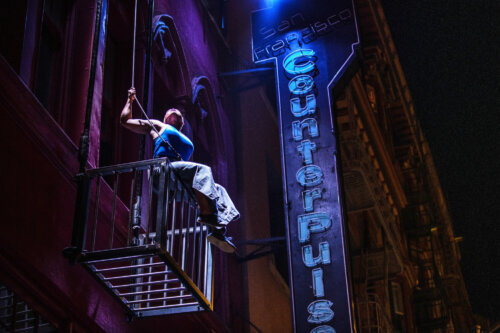

Founded in 2013, CAST has helped transform access to space for nonprofits in the Bay Area, at a time when artists were being priced out left and right in San Francisco and particularly vulnerable to an escalating commercial real estate market.
Over the last decade, CAST has grown from the seed of a new idea into a proven model for ensuring artists and cultural workers can stay anchored where they create. Like our work, our story is rooted in community. And our growth and evolution has been made possible by the dedication, collaboration, and support of people across the San Francisco Bay Area.
Our Mission

Arts and culture play an essential role in building healthy communities and neighborhoods; it is the reason why so many are attracted to come visit or settle in the Bay Area. Starting around 2009, it became clear that there was a need for an entity to fill the gaps in the specialized areas of community and economic development and real estate financing.
By 2012, a tech boom was creating a surging real estate market in the San Francisco Bay Area. Artists and nonprofits were facing impossible decisions and being displaced as rents climbed.

Two institutions came together to see how they could combine their efforts to change that dynamic. Kenneth Rainin Foundation CEO Jennifer Rainin and Chief Program Officer Shelley Trott reached out to Joshua Simon who was leading real estate consulting for California nonprofits at Community Vision (then known as Northern California Community Loan Fund or NCCLF).
Together, with stakeholders across the Bay Area, they began to formulate an idea: What if nonprofits could buy their buildings, or at least sign long-term, affordable leases to stabilize their current and future operations?
Initially, this idea was nurtured and incubated at Community Vision. But with a generous $5 million grant from the Kenneth Rainin Foundation, the Community Arts Stabilization Trust (CAST) was born.
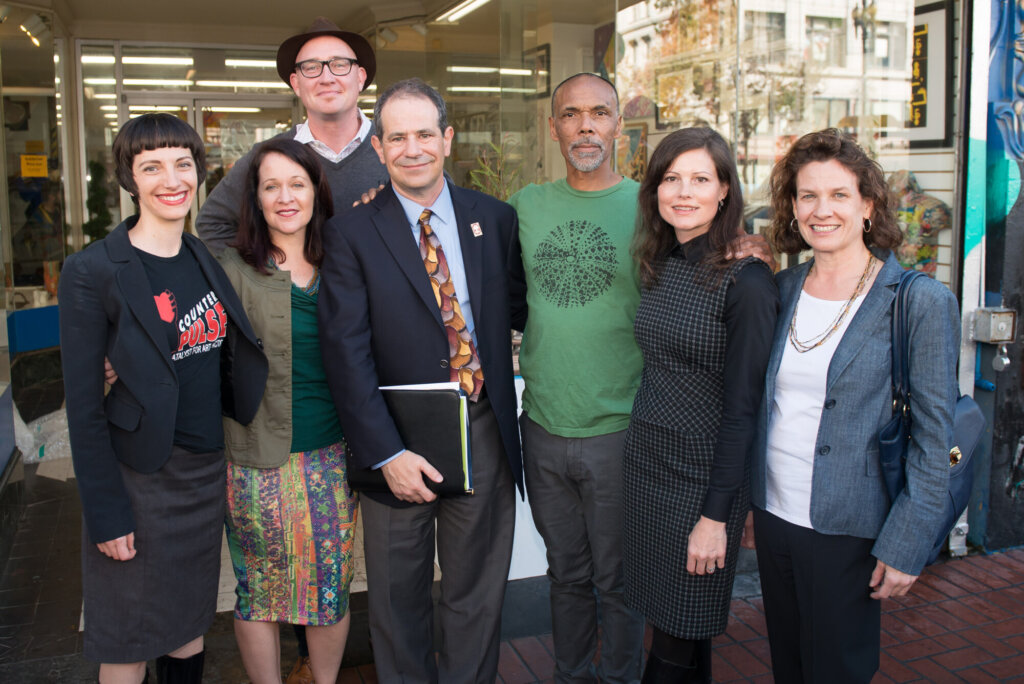
With arts and culture being the fourth-largest economic driver in San Francisco, the development of CAST as an intermediary to support real estate acquisitions and capacity-building was a significant move in showing what bold thinking, leadership, and resources could achieve to support this vibrant sector.
CAST knew that before a bigger transformation could happen, it had to prove the initial idea. Our focus narrowed on Mid-Market and the Tenderloin, two neighborhoods in San Francisco that were particularly affected by the exodus of artists and arts organizations. Two pilot projects were identified: CounterPulse and The Luggage Store Gallery. And in 2014, Moy Eng joined as CAST’s founding Executive Director.
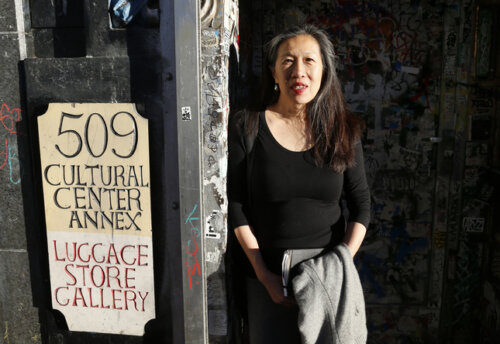


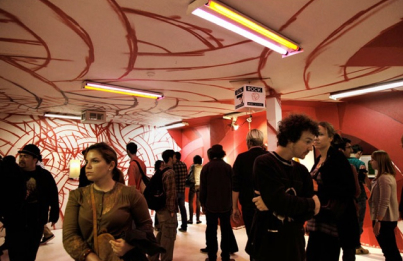

Both CounterPulse and the Luggage Store Gallery buildings were home to artists and cultural organizations with decades of history in San Francisco. But despite decades of investment in their communities, they were facing potential eviction. CAST leveraged a mix of philanthropic investment and New Markets Tax Credits in order to buy both buildings in 2014 with the plan to manage and hold the assets for a period of seven years, providing stabilized rents or a pathway to ownership for the arts partners.
In 2015, CAST broke ground on construction, transforming the spaces to improve accessibility and function. And in March 2016, both buildings opened back up to the public. Finally, these critical SF arts organizations had the space – and time – to fully dream into their spaces, free of the fear of displacement.
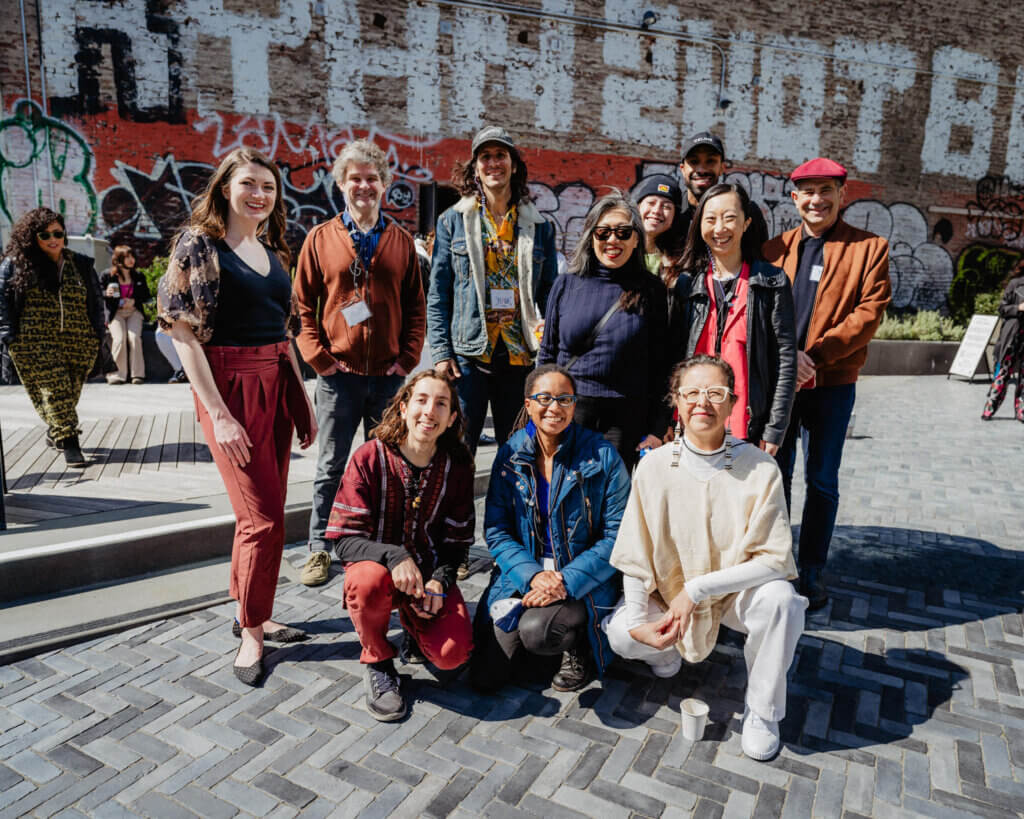
People across the world started to take note of CAST’s tenant buyback model. It was cited as a prototype for rooting arts and culture in communities by the San Francisco Federal Reserve Bank and the World Cities Culture Forum in London. But the fact remained that the model required intensive capital up front and wouldn’t alone resolve the Bay Area’s challenges at scale.
With the launch of the Keeping Space Oakland program in 2016, CAST began to offer technical assistance and capacity-building workshops to Oakland artists and cultural organizations. In 2018, CAST formed the Cultural Space Ambassadors in Oakland, a cohort of artists, cultural workers, community activists and advocates to explore solutions around long-term space and a healthy arts ecosystem.
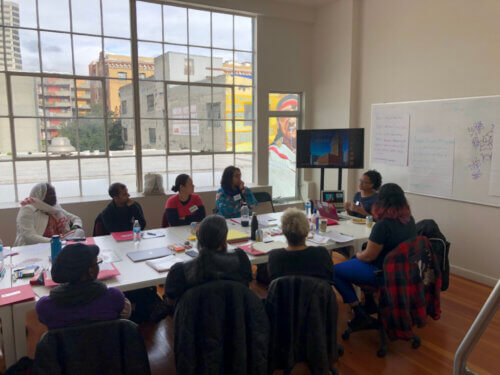
CAST also began several new partnerships based on the early success of the pilot projects, including a partnership with the San Francisco Parks & Recreation department for the Geneva Car Barn & Powerhouse in the Excelsior neighborhood. And in 2019, the historic Dempster building at 447 Minna in South of Market was officially donated to CAST by Brookfield Properties as part of a community benefits agreement with the City.
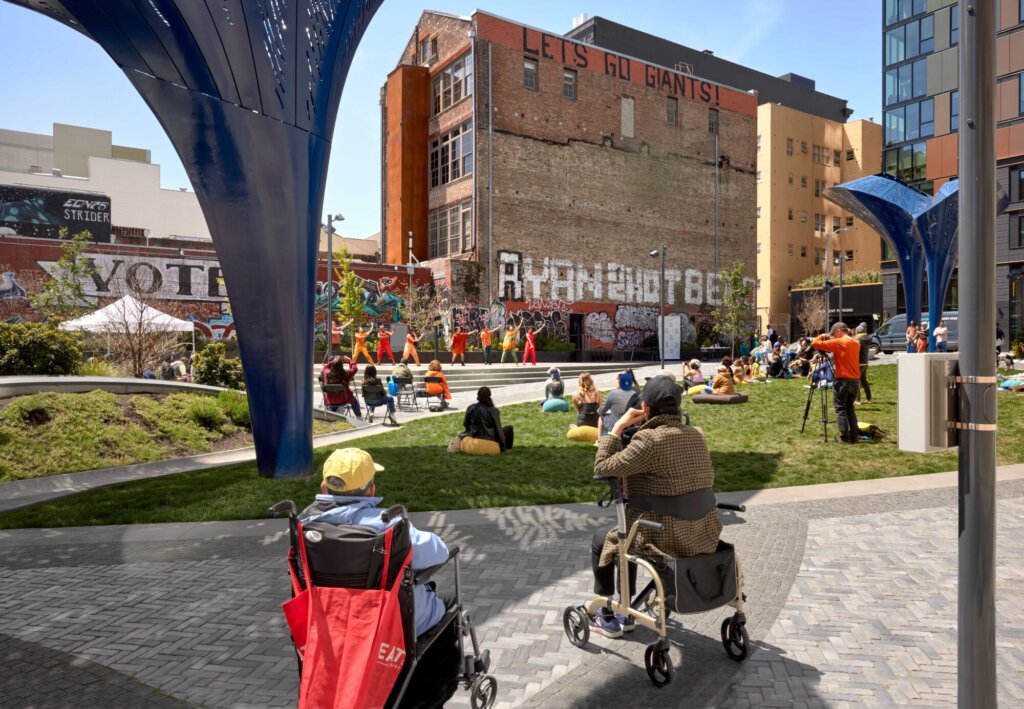
In 2020, in the midst of the pandemic, CAST launched Dreaming Spaces in Oakland as it aimed to be more responsive to the hugely disruptive challenges created by COVID-19 as well as the systemic injustices that were finally given wide scale attention in the wake of George Floyd’s death. Dreaming Spaces places artists, cultural workers, and creatives at the center of the design process. Together with community members, architects, engineers, city planners, and public health officials, they envisioned what could be done to create and share art in safe environments, free from disease, discrimination, and violence.
CAST also began work on creating its home at 447 Minna. Through deep engagement with the SoMa community through Dreaming Spaces San Francisco, the space was co-designed as a hub for community creation and inclusion. Doors opened at 447 Minna in 2022.
In Spring 2023, CounterPulse purchased its building, representing the successful culmination of CAST’s first pilot project.
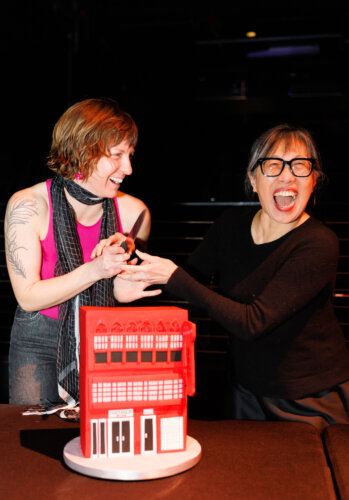
CAST’s evolution from an idea into an innovative community-centered real estate organization has helped over two dozen arts/community groups gain dedicated space for their work. Since its founding, CAST has grown from a staff of two to a team of 16. The organization now has six projects across San Francisco, Oakland, and San Jose totaling over 80,000 square feet in affordable space, including a new project with the Black Cultural Zone to develop a market hall and cultural hub with affordable housing in East Oakland.
CAST-inspired ventures have emerged in major cities across the world from London, Sydney, and Vancouver to Austin and Seattle.
In 2023, CAST celebrated its 10-year anniversary with more energy than ever.
The Bay Area is in a state of flux, and like many other regions is grappling with what urban real estate looks like in a post-pandemic world. CAST remains committed to reshaping the real estate dynamic so that artists have a permanent seat at the table.
As major contributors to a city’s local economy, artists and cultural workers should be able to thrive and be valued for their ability to help us understand who we are, communicate with each other, and bridge gaps in understanding, helping us to build connections that honor and celebrate our commonalities and differences.
